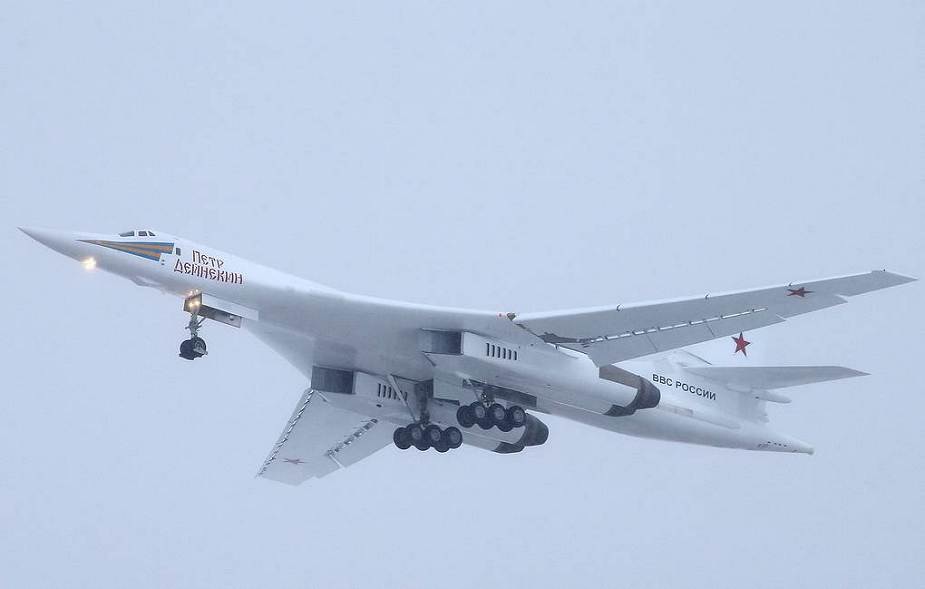Russia continues designing PAK DA engine - part1
Major Defense Ministry orders issued to UEC-Kuznetsov enterprise in Samara helped it resume batch production of engines for the long-range aviation suspended 27 years ago and begin creating completely new power plants for next-generation aircraft, the Zvezda weekly writes.
Follow Air Recognition on Google News at this link
 Russian upgraded Tu-160M strategic bomber. (Picture source TASS)
Russian upgraded Tu-160M strategic bomber. (Picture source TASS)
Besides engines for Tu-160M bombers, the enterprise in Samara is producing an engine prototype for a future strategic bomber. The United Engine Corporation (UEC) said it is the engine for Prospective Airborne Complex of Long-Range Aviation (PAK DA). “The first engine has been made in metal and is being assembled,” UEC-Kuznetsov Deputy CEO Alexey Sobolev said.
The design documentation was prepared, trials held, production of units and test bench streamlined. The UEC-Kuznetsov is the leading integrator of the engine. It launched a broad cooperation with other enterprises of the corporation. “Today, the program involves Saturn in Rybinsk, Perm Motor Works and STAR, Ufa and Omsk Machine-Building Plants. The engagement of UEC enterprises helped complete the blueprints in a short time. The documentation is digital and helped rapidly launch production processes and produce units for the first prototype and begin the assembly,” Sobolev said.
After bench trials, the first engines will be tested on a flying laboratory and then on a prototype of the aircraft. “The normative documents call for trials of the new engine both on a flying laboratory and special benches, including a climatic chamber of TsIAM which has the necessary altitude and speed conditions,” UEC-Kuznetsov Designer General Pavel Chupin said.
Much work has to be done with the fifth-generation engine of 25-ton thrust. The project is implemented together with the Korolev Research University in Samara in the sphere of personnel training, scientific research and applied design.
It was reported in the summer of 2020 that the design of a prospective gas generator will be the first project. The ambitious task calls to ensure record low fuel consumption and decrease it to 480 gram per hour per a kilogram of thrust.
“We closely cooperate in personnel training and engage university scientists in our R&D. The engineering center of the university is engaged in our projects to develop specific elements of the product. Major work concerns next-generation gas generator. Our requirement is to decrease fuel consumption and weight. It is necessary to improve the weight and specific fuel consumption of NK-32 gas generator at least 10-15 percent. It means the generator will be fit for the next-generation engine,” Chupin said.
© Copyright 2021 TASS. All rights reserved. This material may not be published, broadcast, rewritten or redistributed.


























